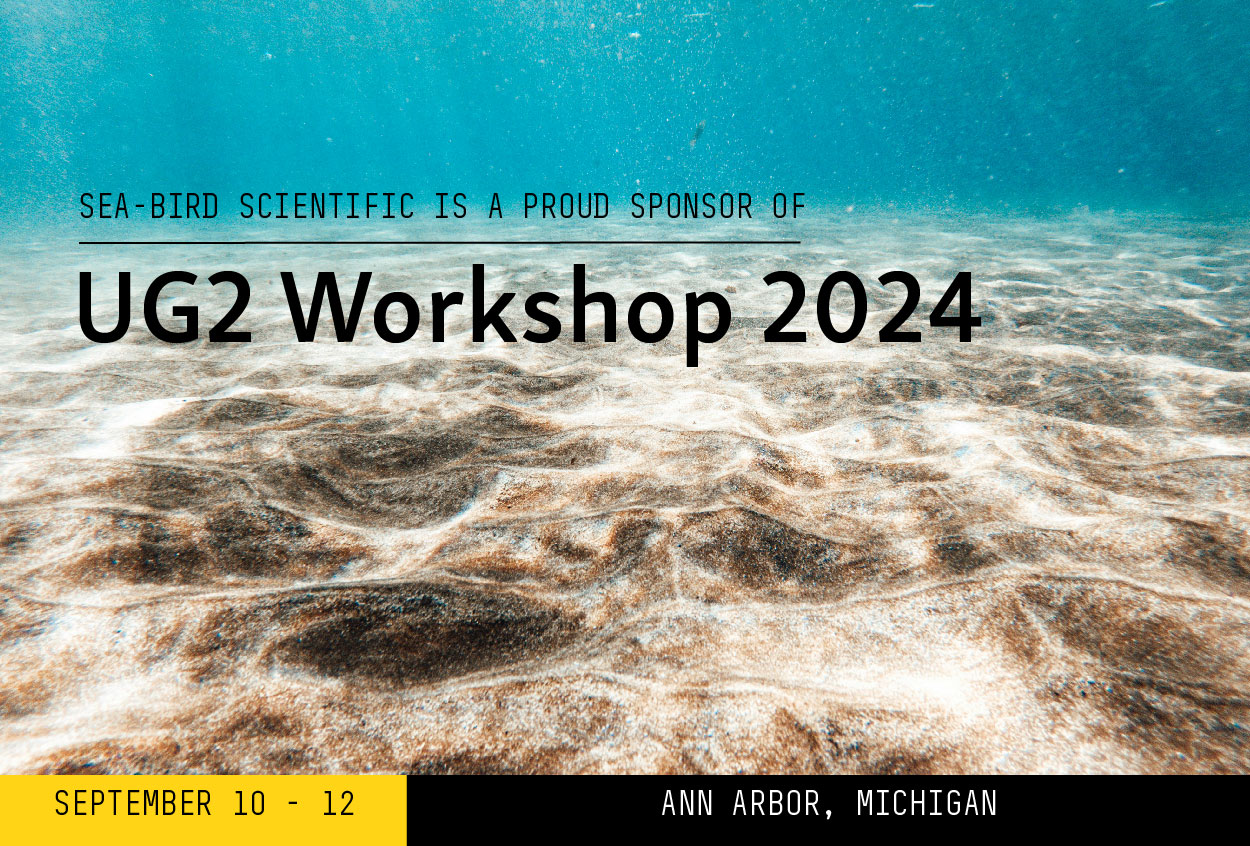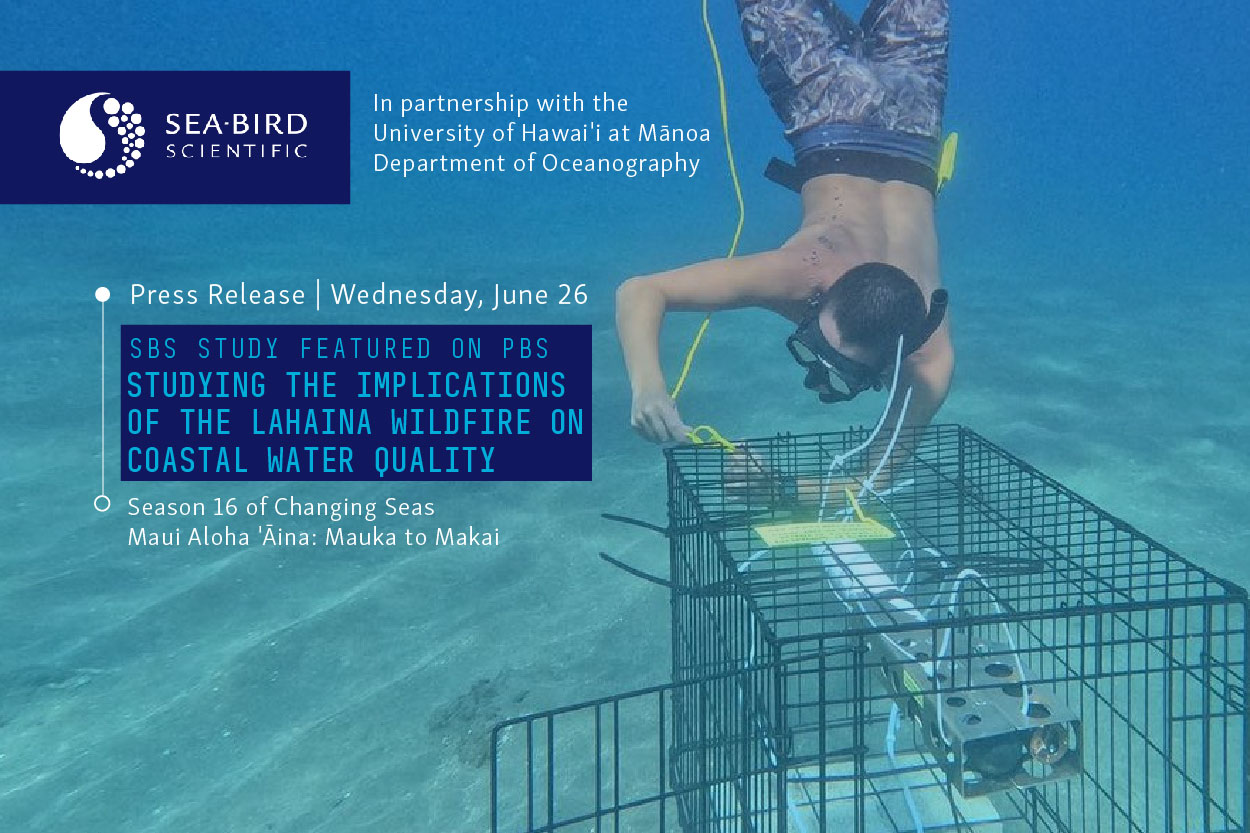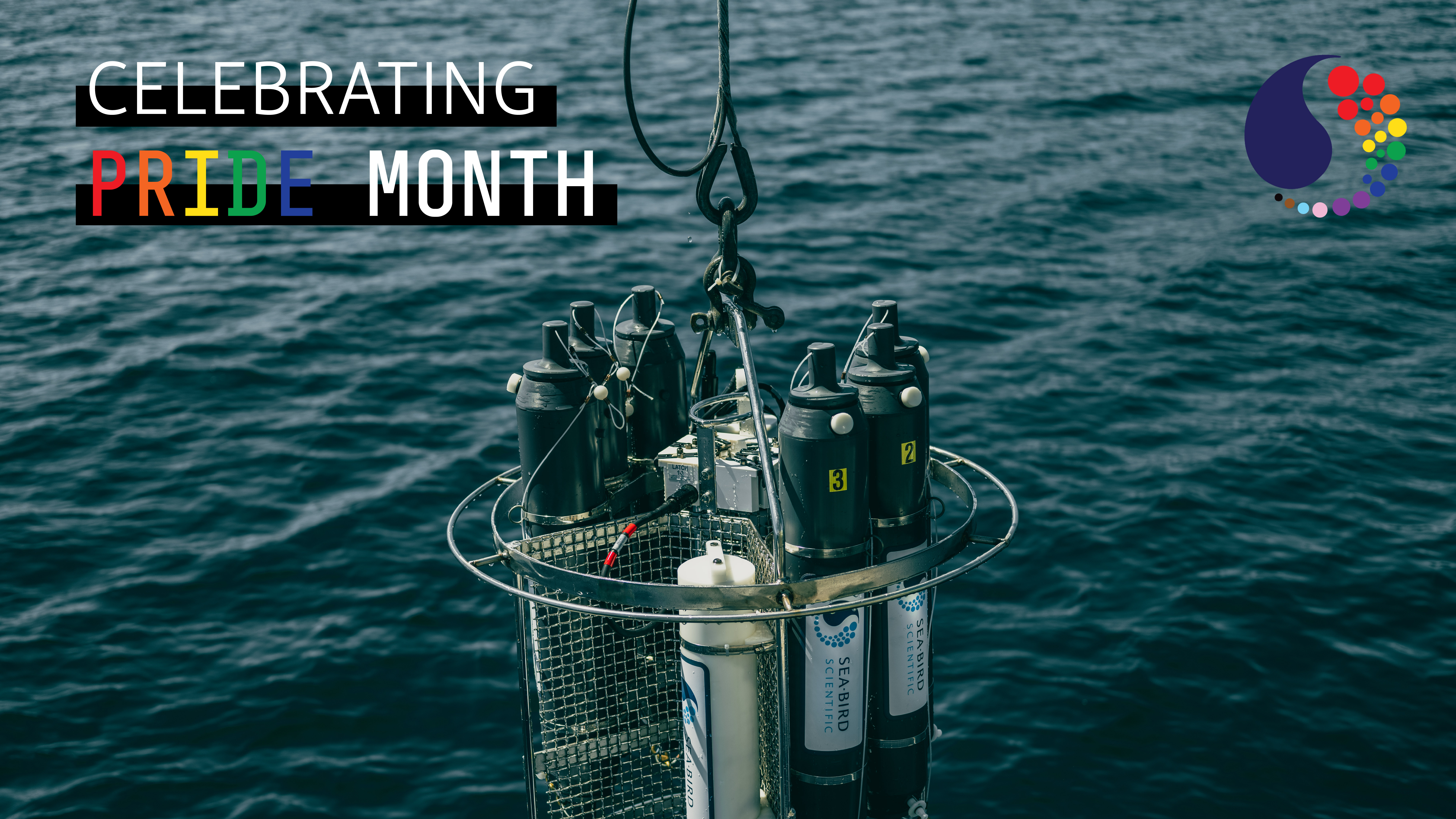Announcing the NEW LED AC-S
We are more than ecstatic to announce the release of the NEW LED AC-S Spectral Absorption and Attenuation Sensor. It is the first of its kind, and a standalone transmissometer in the market.
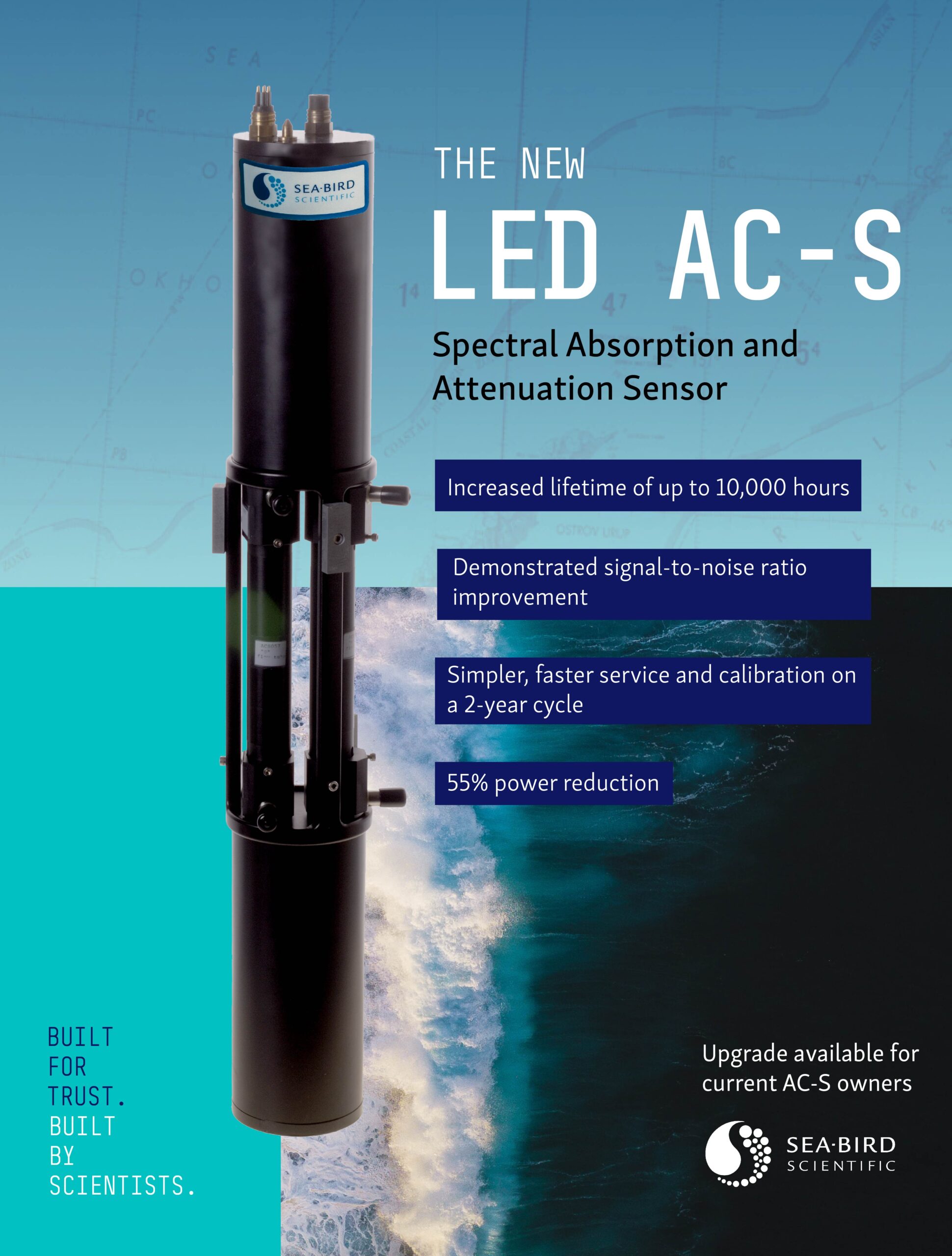
The AC-S provides in-situ optical data of beam transmission and absorption over a minimum of 75 wavelengths in real-time. From climate modeling and ocean color validation, to carbon cycling, this broad spectrum attenuation sensor, with its new LED installation, will enable you to gather more data without it leaving the water, allowing you to make the most informed decisions. AC-S is the top tier optical instrument SBS produces, and one that has no equal in the market.
Learn more hereKey benefits:
-
Performance
-
The new LED lamp provides the sensor with a known 10,000 hour lifetime.
- Increased resolution (reduction of noise) of the A and C measurements in the “blue” wavelengths.
-
-
Service
- The turnaround time will be more consistent and faster by using a more reliable technology. This keeps the sensor in the water longer, and means you can garner more data!
-
Design
- Individual WLED assembly characterization that includes a 48 hour burn in, temperature test (-10 – 50 deg), and a shock test.
Applications:
-
Validation and Interpolation of Remotely Sensed Ocean Color Data The AC-S plays a critical role in helping researchers develop meaningful data for ocean color images of oceans and lakes. They also provide much needed understanding of biologic processes occurring below the ocean surface. In effect they provide a critical link between imagery and underlying biology and chemistry.
-
Carbon Studies Understanding the ocean carbon cycle is a critical science question of our modern era. The AC-S plays an important role in these efforts though its ability to characterize phytoplankton and colored organic matter in the ocean.
-
HAB (Harmful algal blooms) Studies Utilize the AC-S to help identify and determine concentrations of potential harmful algal bloom agents
-
OOI The AC-S was a deemed a key measurement requirement for the OOIs global and regional observational arrays. While the OOI is now in an operation and maintenance phase, ongoing service and replacement business is expected to continue.
Poster created by Dr. Eric Rehm, Senior Oceanographer for Ocean Optics 2022 Conference
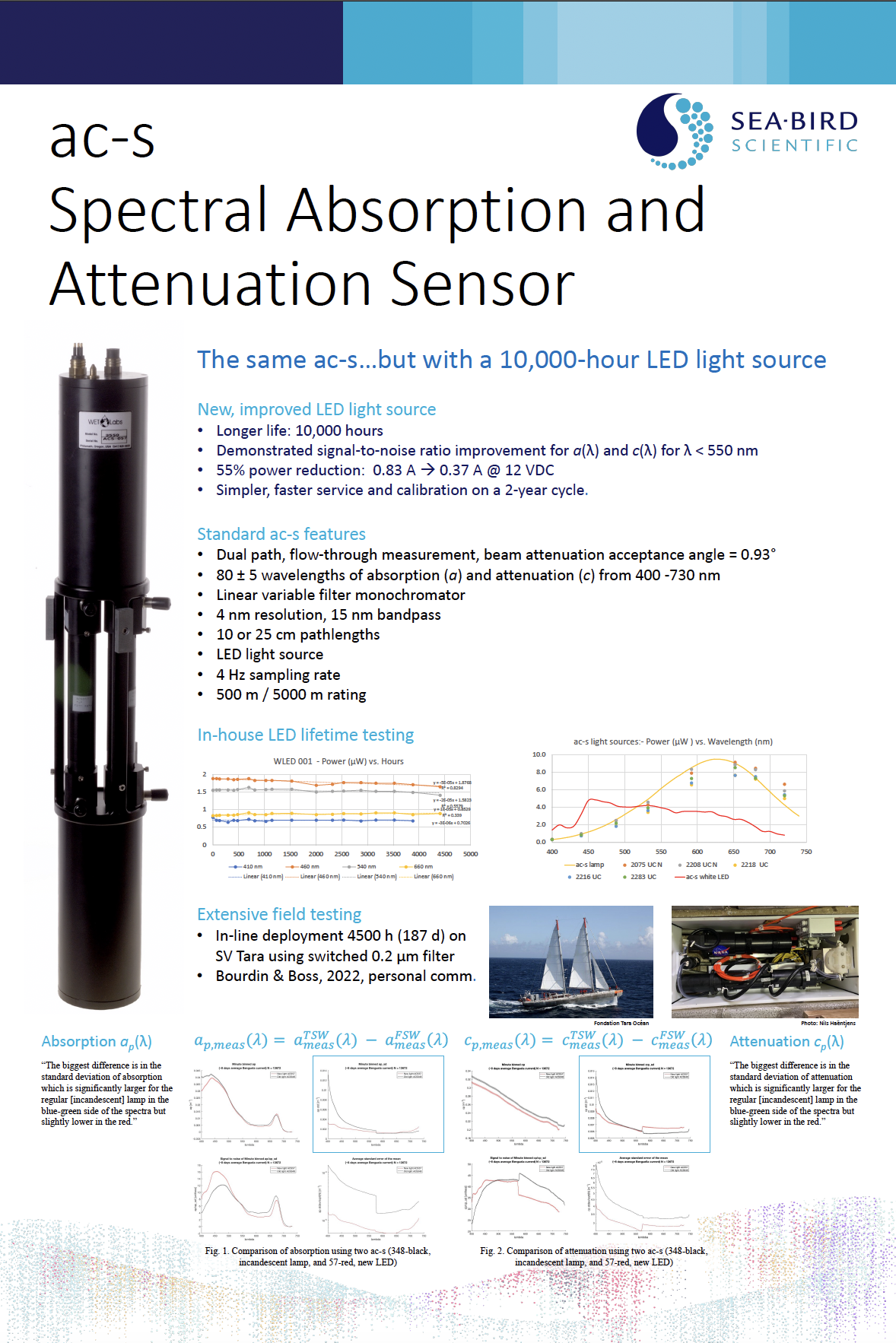
Related Posts
Featured Posts
UG2 Workshop 2024
We hope to see you at UG2 '24 We are excited to sponsor the upcoming 2024 Glider Workshop in Ann Arbor, Michigan, from September 10 - 12, 2024. Overview This workshop will bring together the global underwater glider community to strengthen international collaboration...
Oceanology International 2024
We hope to see you at #Oi24 We are excited to return to Oceanology International 2024 again in London, UK from March 12-14. Overview Oceanology International brings together 500+ exhibitors in the only event that links the three key players in the industry:...
Ocean Sciences Meeting 2024
We hope to see you at #OSM24 We are excited to return to Ocean Sciences Meeting 2024 in New Orleans, Louisiana from February 18-23 at booth number #527. Overview The Ocean Sciences Meeting 2024 is co-sponsored by the American Geophysical Union, the Association for the...
Science and Technology
Platform
